If you’ve followed me for some time, you know that I am fascinated by ancient cultures, especially Rome. And Pompeii is one of the best places to learn about it.
 The city that was buried by Mount Vesuvius at the same time preserving it for posterity, for us to be able to study it and to see how ancient Romans live and how much we have in common.
The city that was buried by Mount Vesuvius at the same time preserving it for posterity, for us to be able to study it and to see how ancient Romans live and how much we have in common.
I was recently contacted by the Amanda Darlak at througheternity.com, a tour company in Rome who specialize in cultural tours in Rome, Florence, Pompeii and Naples.
If you get to know them a bit, you’ll see that even though our business proposals are different, they and I share many of the same values about cultural travel and you’ll see why when you read this guest article.
This is particularly evident when learning that they hire experts to lead their tours, a trend that I’ve covered before. I have not taken a tour with them yet, but I intend to do so as soon as I visit the Eternal City again.
Pompeii and Naples
Conor Kissane, an expert in Pompeii and Naples sent me this article which covers one of my main questions about these amazing cities:
What is the relationship between Pompeii and Naples and what else is there to see?
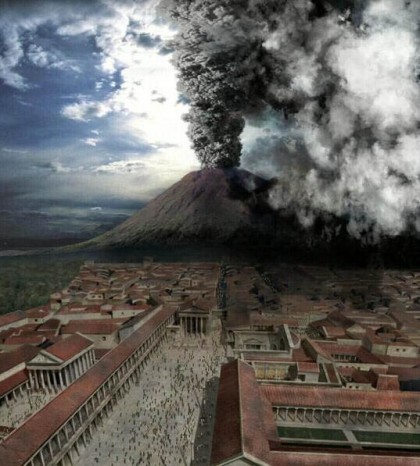
Pompeii, Vesuvius eruption. Artist’s depiction of the eruption which buried Pompeii (from BBC’s Pompeii: The Last Day). The depiction of the Temple of Jupiter and the Temple of Apollo are nonetheless inaccurate, as these temples had been destroyed in the earthquake just 17 years earlier. Photo: Wikipedia. Pompeii, Vesuvius eruption. Artist’s depiction of the eruption which buried Pompeii (from BBC’s Pompeii: The Last Day). The depiction of the Temple of Jupiter and the Temple of Apollo are nonetheless inaccurate, as these temples had been destroyed in the earthquake just 17 years earlier. Photo: Wikipedia. http://en.wikipedia.org/wiki/File:Pompeii_the_last_day_1.jpg
See, I’ve known for a while that many of Pompeii’s treasures are not in the city itself, but housed in several museums, particularly the Archaeological Museum in Naples.
So in order to get a full picture of what this community is about, you do need to get out of the ruins.
Here’s the article (Stay tuned for part 2 later on this week):
Pompeii and Beyond: The Frozen Cities of Vesuvius
The rich cultural legacy left by the classical world can be seen all over Italy, but it perhaps finds its most magnificent expression in the region of Campania, around the historic city of Naples.
The coastline here was fertile and well-connected, and civilization flourished.
But this Arcadian world was abruptly destroyed forever on the dark day of August 24th, 79 A.D. Mount Vesuvius, the volcano whose silhouette looms threateningly over the bay of Naples even today, had erupted. {insert photo titled Vesuvius}
The prosperous little city of Pompeii bore the brunt of the volcano’s fury, and was engulfed by burning rocks and choking ash in a matter of minutes.
There was no escape, and the city was buried alive. The nearby town of Herculaneum and private Villa of Oplontis fared little better.
Ironically it was precisely this devastation that makes these sites unrivaled windows onto antiquity today.
For the blanket of ash immortalized the cities and their inhabitants at the moment of their tragic end in a remarkable state of preservation, a surprising protection against the ravages of time that have reduced most remainders of the ancient world to ruin.
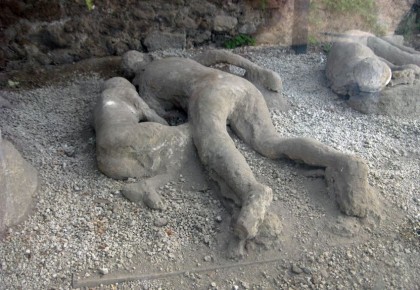
Pompeii, frozen in time. Cast figures of people who died in Pompeii. Photo: througheternity.com
Each of these three sites opens up very different perspectives onto the lives of our distant ancestors, and are must-visits for anyone wishing to uncover the splendors of classical civilization.
Getting There
Getting to the sites is easy, each only a short train ride from Naples. Head to the city’s main station, Napoli Centrale, and follow the signs to the Circumvesuviana terminal.
Buy your ticket from the window – for Pompeii the destination you want is Pompei Scavi-Villa dei Misteri, for Herculaneum Ercolano Scavi and for Oplontis Torre Annunziata-Oplonti Villa di Poppea.
Trains leave approximately every half an hour, in the direction of Sorrento. The entrance to the sites are in each case a short walk from the stop, and are clearly signposted.
Pompeii
Pompeii was the largest and most complex of the cities to be buried by Vesuvius, and it is justly regarded as one of the most fascinating archaeological sites in the world.
Part of the fun of exploring the city is wandering its web of streets and letting your imagination roam freely, populating ghostly buildings with the voices of their long-dead inhabitants.
But as the area enclosed by the ancient city walls covers a full 165 acres, you will need to be a little selective in the places you go to see.
Make sure to ask for a free map from the ticket office, as without one the city can be a confusing maze of dead-ends and blind alleys.
The city’s rich civic life is illustrated by the city’s impressive amphitheatre, the oldest surviving example in the world, and its enormous nearby Palaestra, where citizens would come to keep fit and hone their skills in boxing, wrestling and swimming.
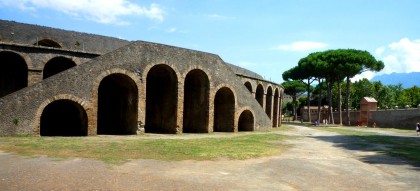
Pompeii Amphitheater. Photo: througheternity.com
The domestic lives of the Pompeii citizenry is touchingly preserved, meanwhile, in the city’s houses. Be sure to visit the House of the Tragic Poet, with its mosaic near the entrance warning you to beware of the dog (“Cave Canem”).
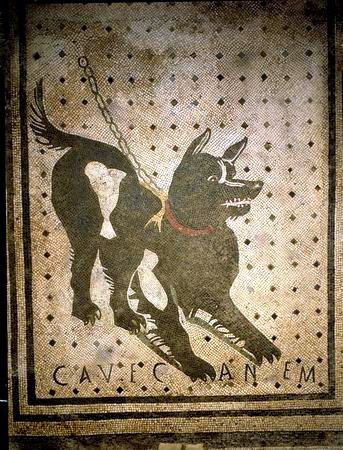
Pompeii cave canem. Photo: througheternity.com
Don’t miss the delightful House of the Vettii, a well-to-do villa arranged around a large central courtyard, decorated with fantastic frescoes of classical mythology.
Of course, we can’t even begin to describe all the sites of interest in Pompeii’s rich living tapestry.
But keep your eyes peeled and you might see the distinctive ovens of Pompeii’s 33 bakeries, or the instantly recognizable marble counters of the city’s many thermopolia, bars that sold hot food to customers in a hurry.
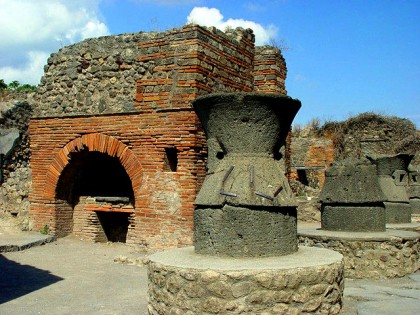
Pompeii bakery. Photo: througheternity.com
Or explore the seedier side of the city in one of its ancient brothels, complete with explicit frescoes. Not to mention the innumerable bathhouses, inns and gardens – the opportunities for discovery are virtually endless.
By Conor Kissane from Through Eternity Tours Italy. Through Eternity offers unique cultural experiences covering the “must see” sights such as Pompeii and the lesser known sights such as Herculaneum.
Staffed by licensed, highly-educated and talented story teller guides and owned locally in Italy (based in Rome), we have been helping our guests create life-long memories for over twelve years in Rome, Florence, Naples and Pompeii. (througheternity.com)
That’s part 1 of this small series. I hope you enjoyed it as much as I did when I read it. Be on the lookout for part 2, but in the meantime…
Have you visited Pompeii before?
Or perhaps you haven’t but can’t wait to get there like me?
What is your first impression of this magnificent ancient city?



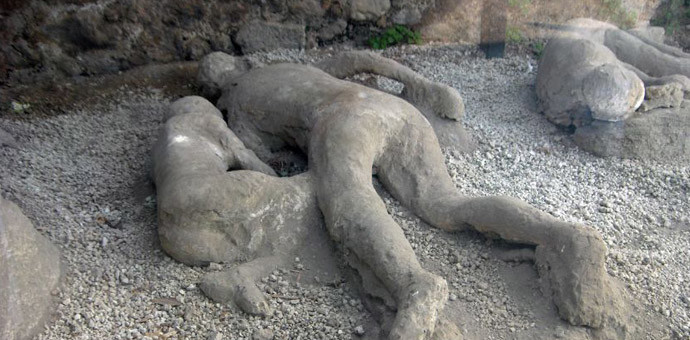
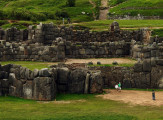



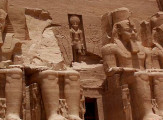
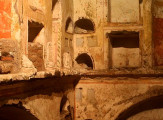
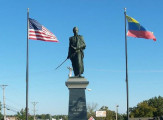
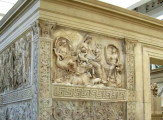
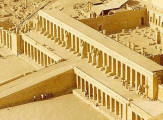
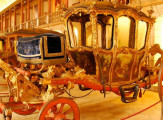


















Leave a Comment
Want to join the discussion?Feel free to contribute!